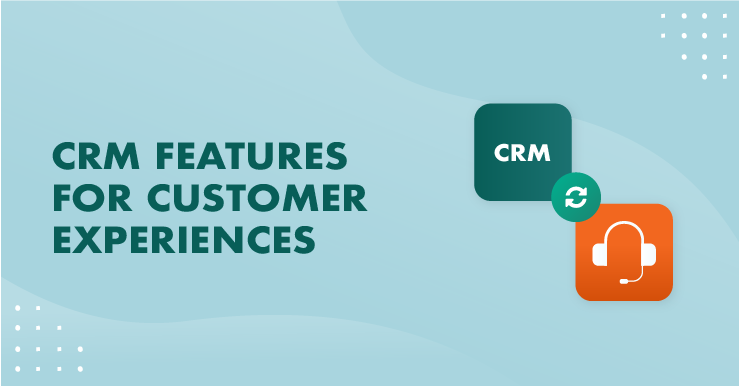Discovering what it really is which keeps your customers happy can be a challenge.
How can you accurately and quickly get feedback from your customers so that you can keep churn at a minimum?
I recently visited one of our customers, a mobile network provider, who had done something quite brilliant. They wanted to use customer surveys to measure the satisfaction of their customers, but instead of sending out surveys to random selections of their customers, they integrated the surveys with their customer service process.
In their service system, they set up an automated routine so that any customer who had an inquiry handled got an email with 6 questions two days later. This survey focused on how well the customer felt his request was handled.
The questions were quick and simple, such as “How well did we manage your inquiry”, and all could be answered with a score from 1 to 6. The results of the survey were stored back in the customer service database.
Why is this solution so clever?
First of all: timing. The email is sent to the customers shortly after they have been served by the customer service department. Consequently, their experience is fresh in their memory, and their response is likely to be accurate.
Secondly: simplicity. The automatic routine which sends the email, passes along the unique tracking number of the inquiry in the survey link, so that it is saved together with the response in the database. In other words, the stored result in the database says something like this: “Request number 42: customer overall satisfaction level: 4, response time satisfaction level: 5, etc”. This means that the survey does not have to ask any questions about the nature of the inquiry – the provider already has this information. The customer inquiry which has already been handled is tracked in their customer service system with lots of describing attributes, such as what kind of inquiry it was (category), how fast it was dealt with, who handled it, which product or service was it, etc. Consequently, the 6 questions in the survey could all focus on how well the customer felt handled. A short and quick survey results in a good response rate. In fact, they receive several hundred responses every week.
Finally: power. This solution allows the provider to measure customer satisfaction on very specific areas. Imagine if you were working for a company where customer satisfaction was low but you had no idea why. Where would you start improving your service? In this case, since the customer’s response is stored with the tracking id of the inquiry, it means the provider can compare the response with any of the inquiry’s attributes (data correlation). Here are some examples: How satisfied are the customers who…
- …had an inquiry related to product A compared to product B? Does this mean we need to improve our internal training for product A?
- …had their inquiry handled in less than 5 hours, compared to the ones where it took longer? How long can we spend handling the inquiries before the customers start to really become impatient and dissatisfied?
- …had their inquiry handled during weekends compared to week-days? Is it worth the cost to offer customer service during weekends?
It’s a continuous improvement process
Since survey emails are continuously being sent out, and responses keep coming in, it allows the business to actively monitor the satisfaction level of their customers over time and quickly notice changes. For instance:
- Did customer satisfaction for product A-related issues increase after we invested in staff training?
- Did the customer satisfaction increase after we hired more staff to handle the inquiries more quickly?
- Did customer satisfaction increase after we expanded the opening hours of our customer center?
This allows for a very operative way of managing the business, with an almost instant feedback from the customers on how happy they are.
It is well known that customer satisfaction is linked to customer loyalty. If avoiding churn is important to your business, you should probably ask your customers how happy they are from time to time, and behave according to their response. If you can do that completely automated, and still get a very detailed and accurate response, I believe you have an incredibly powerful tool to help you become your customer’s favorite.


